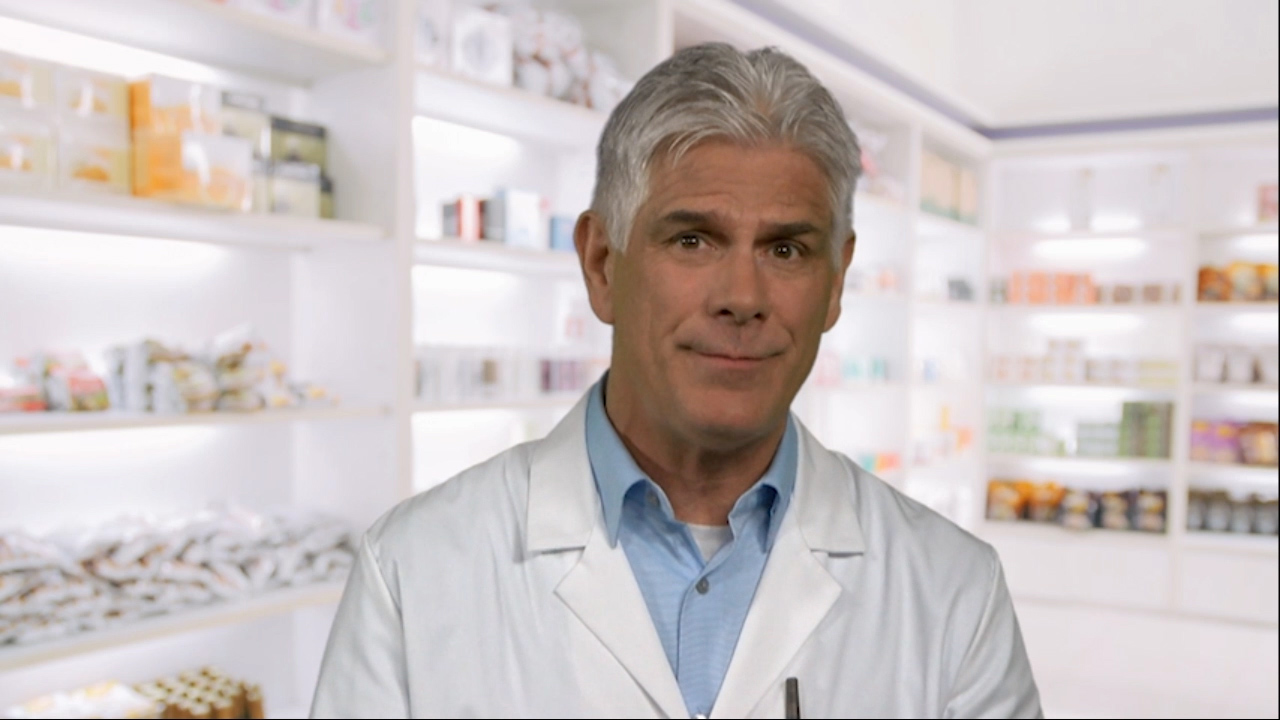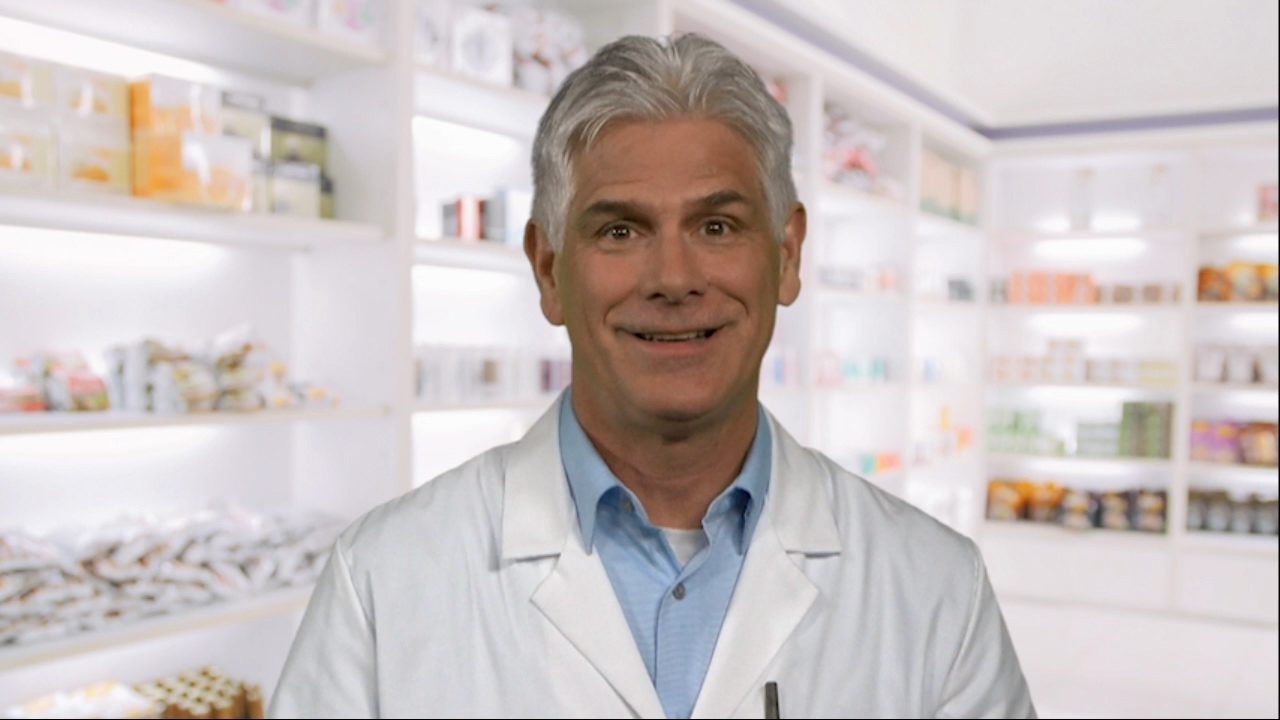Advertisement
DIABETES VIDEO PLAYLIST
Tags:
Diabetes
Clinical Diabetes Terminology and Plain Language Translations
The following list represents clinical terms that are commonly used when referencing diabetes care and alternative terms or language that might be when communicating with patients.
| Clinical Terminology | Plain Language Translation |
|---|---|
| A1C | A1C Test that measures average blood sugar levels over past 2-3 months |
| Acute | Sudden and for a short time |
| Anemia | Low red blood cell count |
| Atherosclerosis | Clogging, narrowing, and hardening of the arteries |
| Autoimmune disease | Condition, such as diabetes, in which the body’s immune system attacks itself |
| Blood glucose | Blood sugar |
| Bolus (of insulin) | Extra dose of insulin to cover an expected rise in blood sugar |
| Carbohydrate | Sugar |
| Cardiac | Related to the heart |
| Cholesterol | Fat that circulates in the blood, which is produced by the liver and found in some food |
| Chronic | Long-lasting |
| Congestive heart failure | Loss of the heart’s ability to pump blood, resulting in fluid build-up |
| Dehydration | Loss of too much of body fluid, through urinating, sweating, vomiting, or diarrhea |
| Diabetes mellitus | Condition in which the body can no longer make or use insulin to manage blood sugar |
| Dialysis | Artificial removal of waste from the blood, which is necessary when the kidneys fail |
| Edema | Swelling in the body caused by a build-up of fluid |
| Gangrene | Death of body tissue often caused by infection that can lead to amputation |
| Gastroparesis | Condition of the stomach in which digestion is slowed or incomplete |
| Gestational diabetes mellitus | Diabetes associated with pregnancy |
| Glaucoma | Increased pressure in the eye that can lead to blindness |
| Glucagon | Hormone produced by the pancreas that raises blood sugar |
| Hepatic | Related to the liver |
| Hypercholesterolemia | High cholesterol |
| Hyperglycemia | High blood sugar |
| Hyperinsulinemia | High insulin in the blood |
| Hyperlipidemia | High cholesterol and fat in the blood |
| Hypertension | High blood pressure |
| Hypoglycemia | Low blood sugar |
| Hypotension | Low blood pressure |
| Insulin | Hormone produced by the pancreas that helps the body use sugar in the blood |
Myocardial infarction | Heart attack |
| Nephropathy | Kidney, or renal, disease |
| Neuropathy | Disease of the nerves or nervous system |
| Periodontal disease | Disease of the gums |
| Peripheral vascular disease | Disease involving blockage of large blood vessels located in the arms, legs, and feet |
| Polydipsia | Excessive thirst, often caused by diabetes mellitus |
| Polyphagia | Excessive hunger, often caused by diabetes mellitus |
| Polyuria | Excessive need to urinate, often caused by diabetes mellitus |
| Postprandial blood glucose | Blood sugar level taken 1-2 hours following a meal |
| Preprandial blood glucose | Blood sugar level taken before a meal |
| Proteinuria | Presence of protein in the urine, which may signal kidney dysfunction |
| Renal | Related to the kidneys |
| Retinopathy | Disease of the eyes |
| Stroke | Disease associated with damage to the blood vessels in the brain |
| Triglyceride | Storage form of fat in the blood |
| Type 1 diabetes mellitus | Formerly juvenile diabetes, insulin-dependent diabetes |
| Type 2 diabetes mellitus | Formerly adult-onset diabetes, noninsulin-dependent diabetes |
| Uremia | Condition in which urea builds up in the blood, which may signal kidney dysfunction |
Adapted from:
Common Terms. American Diabetes Association website. http://www.diabetes.org/diabetes-basics/common-terms/. Published August 1, 2013. Edited April 7, 2014. Accessed May 9, 2018.
Management Guidelines
American Diabetes Association:
American Diabetes Association. Standards of medical care in diabetes-2018.American Association of Clinical Endocrinologists:
American Association of Clinical Endocrinologists and American College of Endocrinology - Clinical Practice Guidelines for Developing a Diabetes Mellitus Comprehensive Care Plan.AACE/ACE Consensus Statement
Consensus statement by the American association of clinical endocrinologists and American college of endocrinology on the comprehensive type 2 diabetes management algorithm - 2018 executive summary.Pharmacist and Patient Resources
For Pharmacists
ADA DiabetesPro Pharmacy Times Diabetes Resource CenterFor Patients
AACE/ACE Consensus Statement
ADA - Living with Diabetes Centers for Disease Control and Prevention - DiabetesShare:
Advertisement
Advertisement



